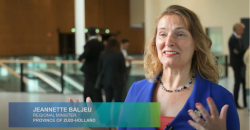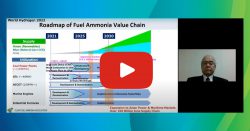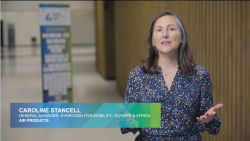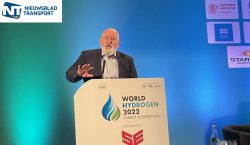Published in May 2021
ENTSOG, GIE and Hydrogen Europe have joined forces on a paper that answers a number of fundamental questions about gaseous and liquid hydrogen transport and storage. This paper provides an objective and informative analysis on key concepts, terminology and facts and figures from different public sources.
1» WHAT ARE THE PATHWAYS THAT ALLOW FOR THE INTEGRATION OF HYDROGEN IN THE EXISTING GAS INFRASTRUCTURE AND MARKET?
There are three pathways for the integration of hydrogen into the gas system: the injection of hydrogen and its blending with natural gas in the existing gas infrastructure, the development of a dedicated hydrogen network through conversion of the existing gas infrastructure or via the construction of new hydrogen infrastructure and finally via methanation, consisting in capturing CO2, combined with hydrogen in order to produce e-methane, injected in the gas network. Those models are complementary and depend on the production technology, the concerned zone or even the temporality of the projects. Today the gas infrastructure can accommodate any form of low carbon hydrogen, independently from the technology used for its production, such as electrolysis, gasification of biomass, steam methane reforming combined with capture of CO2 or steam methane reforming of biomethane, electrolysis of molten salt.
2» WHAT IS HYDROGEN BLENDING?
Hydrogen blending is the injection in the existing gas infrastructure of a share of hydrogen into the overall volume of gaseous energy carriers. With exceptions related to injected shares and areas of application, the respective hydrogen blending levels may not substantially affect the capacity of the gas infrastructure [1].
3» WHAT IS HYDROGEN DEBLENDING?
Hydrogen deblending is the reverse process of hydrogen blending and allows to extract pure hydrogen for dedicated uses (e.g. hydrogen fuel cells, feedstock) as well as reasonably hydrogen-free natural gas. For hydrogen deblending, different designs of membrane plants and combinations with other technologies are used (e. g. polymer membrane, carbon membrane, metal membranes, glass/ceramic membranes, membrane-PSA) to separate hydrogen from gaseous energy carriers. There are several important factors to be considered when choosing the most suitable technology, such as permeability, selectivity, stability of the membrane material, effects of discontinuous operation on the operation, design of the membrane plant, effects of different hydrogen concentration on the separation process. Hydrogen separation effectiveness depends on the hydrogen concentration in methane. It is also important to ensure proper management of the separated hydrogen. However, the technology is currently under development and additional R&D analysis is needed.
4» HOW MUCH HYDROGEN CAN BE BLENDED INTO THE EXISTING GAS PIPELINES?
The maximum allowable hydrogen concentration depends mainly on pressure fluctuations, structure and existing defects. However, widespread knowledge to date indicates that, for some grid sections, certain blending percentages (e.g. 2%–10% in volumetric terms) are technically feasible with few adaptations in some Member States. Although additional tests are needed some operators consider 20% the upper bound due in particular to the requirements for downstream users to be adapted beyond this point2 (Figure 1). As regards to technical regulation, blending of hydrogen is explicitly recognized by a few Member States.
Read more Hydrogen Europe Publications
Tags: biomethane co2 decarbonise entsog gas infrastructure gas market gaseous hydrogen transport gasification gie how to store hydrogen how to transport hydrogen hydrogen economy hydrogen europe hydrogen infrastructure integration of hydrogen liquid hydrogen transport methanation net zero storing hydrogen temporality transporting hydrogen









